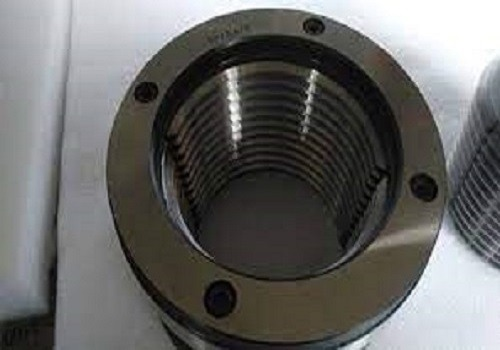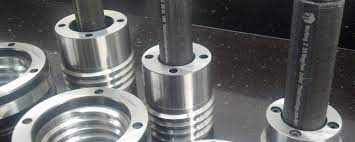Unlocking the Secrets of Gage Calibration

Is it safe to say that you are hoping to guarantee the precision and dependability of your estimations? Legitimate gage adjustment is fundamental to accomplishing this objective. In this thorough aide, we will plunge into the significance of gage adjustment and furnish you with all the essential data you really want to be aware of to guarantee your gear is performing at its ideal. Understanding API Thread Gages API Thread Gages are accuracy apparatuses used to gauge the string pitch measurement and string point of strung parts. These gages are ordinarily utilized in ventures like oil and gas, aviation, and car for guaranteeing the legitimate fit and usefulness of strung associations. Why is Gage calibration Significant? Gage calibration is indispensable to the exactness of estimations taken with these accuracy instruments. Over the long haul, factors like mileage, ecological circumstances, and misuse can prompt errors in gage readings. By consistently aligning your gag...




